
Roots
Feel the whisper of generations in every coil, every gentle curve. The journey of textured hair, a sacred inheritance, begins not with the first salon visit, but with the very dawn of human experience, a testament to resilience and wisdom flowing through ancestral lines. This hair, unlike any other, bears a unique physiological signature, a blueprint sculpted by the earth’s ancient rhythms and the sun’s persistent kiss. Understanding its singular architecture is the initial step toward honoring the profound care practices that have shaped its story across continents.

How does Textured Hair’s Design Guide Ancestral Care?
The anatomy of textured hair, particularly in Black and mixed-race lineages, possesses a distinct oval or elliptical follicle shape, setting it apart from the round follicles that yield straight strands. This very shape dictates the curl’s tight embrace, creating frequent bends along the shaft. These points of curvature, while beautiful, represent areas of inherent fragility, susceptible to breakage if not tended with mindful hands.
The cuticle, the protective outer layer of each strand, tends to be more raised in textured hair, allowing moisture to escape with greater ease. This biological reality necessitated ancestral practices centered on deep hydration and protection, a profound, intuitive understanding of the hair’s need for loving sustenance.
For example, communities across Africa long recognized the natural inclination of textured hair toward dryness. Their responses were not accidental; they were rooted in empirical observation and passed knowledge. The Mbalantu women of Namibia, for instance, traditionally use a rich mixture of oils and crushed tree bark to coat their lengthy strands, a method providing both moisture and a protective shield against environmental elements. This exemplifies how a deep, lived understanding of hair’s physical needs led to practices specifically designed to counter moisture loss and reinforce structural integrity.
Textured hair’s distinct helical structure and porous cuticle necessitate constant hydration and protection, aspects deeply understood in ancestral care.

What Traditional Classifications of Hair Exist?
Beyond modern scientific classifications, older cultures often categorized hair not by curl pattern numbers, but by its symbolic qualities, its health, and its appearance after proper care. In many West African societies, the vibrancy, length, and neatness of hair signaled well-being, social standing, and even marital status. Hair was not merely an appendage; it acted as a dynamic canvas for identity and communication.
The Himba people of Namibia, for example, identified their hair by its appearance after applying their distinctive otjize paste, a blend of butterfat and ochre, transforming it into a specific, culturally recognized texture and color that spoke volumes about an individual’s place in the community. This demonstrates a classification system less about individual strands and more about hair as an integrated, lived cultural artifact.

How Did Environment Influence Hair Growth and Health?
Ancestral communities lived in close communion with their surroundings. The availability of plants, minerals, and animal products directly shaped their hair care lexicon. In many African regions, access to nutrient-rich plant oils and butters was a blessing. The shea tree (Vitellaria paradoxa), abundant in West Africa, yielded shea butter, a cornerstone of traditional hair care revered for its deeply moisturizing properties.
This butter, applied diligently, provided a protective barrier for fragile strands, helping to prevent breakage and maintain supple hair in arid climates. The understanding of hair’s natural growth cycles was likely observational, attuned to seasonal changes and life stages, leading to practices that encouraged length retention and overall vitality. Communities understood that consistent, gentle handling and nutrient-rich applications supported healthy growth, allowing hair to reach its natural potential.
| Traditional Ingredient Shea Butter |
| Ancestral Use Moisturizing, protecting from sun |
| Benefit for Textured Hair Structure Deeply hydrates, seals moisture into porous strands, provides a protective barrier. |
| Traditional Ingredient Chebe Powder |
| Ancestral Use Hair strengthening, length retention |
| Benefit for Textured Hair Structure Reduces breakage by making hair more resilient, especially at delicate curl bends. |
| Traditional Ingredient Coconut Oil |
| Ancestral Use Nourishing, conditioning, promoting growth |
| Benefit for Textured Hair Structure Penetrates the hair shaft to reduce protein loss, adds shine, and aids in moisture retention. |
| Traditional Ingredient Castor Oil |
| Ancestral Use Strengthening, promoting growth |
| Benefit for Textured Hair Structure Thickens hair, provides rich moisture, and supports scalp health. |
| Traditional Ingredient These traditional ingredients, deeply rooted in African heritage, directly addressed the unique structural needs of textured hair long before modern scientific understanding. |

Ritual
The hands that braided, twisted, and styled hair in ancestral communities were not merely styling tools; they were conduits of culture, history, and profound care. These rituals, often communal and steeped in shared wisdom, directly addressed the unique structural demands of textured hair, transforming its delicate coils into enduring expressions of identity and resilience. The techniques and tools employed were ingeniously adapted to protect, define, and honor hair, weaving a legacy that lives on in contemporary practices.

How do Ancestral Protective Styling Methods Serve Hair Structure?
Ancestral protective styles, like cornrows, braids, and twists, stand as a testament to deep knowledge of textured hair’s inherent needs. These styles work by tucking away the fragile ends of the hair, minimizing exposure to environmental stressors such as sun, dust, and friction. The very act of gathering sections of hair into structured forms reduces daily manipulation, which is a significant factor in preventing breakage for hair with numerous curl bends and a tendency towards dryness.
The communal nature of these styling sessions, often taking hours or even days, underscored their importance as social occasions and a means of passing down knowledge through generations. This careful, time-intensive process reflected a holistic understanding ❉ healthy hair was maintained through deliberate, low-manipulation practices that honored its delicate structure.
One powerful historical example of this protective ingenuity merging with resistance comes from the era of transatlantic enslavement. Enslaved African women, forcibly brought to the Americas, utilized cornrows not only as a practical way to manage their hair under harsh conditions but also as a clandestine means of preserving culture and communicating vital information. Specific patterns of cornrows were braided to represent escape routes or maps to freedom, sometimes even concealing seeds or gold fragments within the strands for survival. This layered meaning demonstrates how ancestral practices, born of a need to protect hair, became profound acts of defiance and cultural preservation, intricately linked to the very structure of the hair and its capacity to hold these secret narratives.
Ancestral styling, far beyond aesthetics, served as a vital shield against environmental harm and manipulation, preserving hair’s delicate structure.

What Traditional Tools and Their Transformations Exist?
The tools of ancestral hair care were extensions of nature, simple yet effective, designed with the particular qualities of textured hair in mind.
- Wooden Combs ❉ Often crafted from local hardwoods, these combs featured wide teeth, ideal for gently detangling coiled hair without excessive pulling or breakage. Their smooth surfaces minimized friction, a critical consideration for hair prone to snagging.
- Threading Needles/Tools ❉ For techniques like ‘Irun Kiko’ among the Yoruba people of Nigeria, flexible wool, cotton, or rubber threads were used to wrap sections of hair, creating three-dimensional, corkscrew patterns. This method provided a gentle tension that elongated the hair and offered protection, particularly for length retention.
- Natural Materials as Adornments ❉ Shells, beads, cowrie shells, and precious metals were incorporated into hairstyles not just for beauty, but to signify status, wealth, marital status, or tribal affiliation. These adornments, often integrated into braids or twists, added weight and stability to styles, prolonging their wear and indirectly contributing to reduced manipulation.
The transformations over time saw these tools adapted, but the core principles of gentle handling and deliberate manipulation remained, even as modern materials found their way into hair care.

How Did Ancestral Communities Define Hair in Cultural Contexts?
Hair in pre-colonial African societies was a language in itself, speaking volumes about an individual’s identity, status, and community ties.
| Cultural Context Social Status / Age |
| Hair's Message Elaborate styles for royalty or elders, simpler styles for youth. |
| Structural Implication for Ancestral Care Requires specific techniques for intricate styling, potentially longer duration for maintenance. |
| Cultural Context Tribal Affiliation |
| Hair's Message Distinct patterns or adornments identified one's group. |
| Structural Implication for Ancestral Care Encouraged adherence to traditional patterns, preserving technique and cultural identity. |
| Cultural Context Marital Status |
| Hair's Message Certain styles indicated marriage or eligibility. |
| Structural Implication for Ancestral Care Hair styling became a rite of passage, involving specific structural preparations and styling. |
| Cultural Context Spiritual Beliefs |
| Hair's Message Hair as a connection to the divine or protection from harm. |
| Structural Implication for Ancestral Care Practices centered on reverence, gentle handling, and incorporating protective elements. |
| Cultural Context The profound cultural symbolism of hair underscored the need for meticulous care, as the hair's appearance conveyed vital information within the community. |
The communal styling sessions were often multi-day events, particularly for intricate braids, where women would gather, share stories, and reinforce social bonds. This social aspect ingrained meticulous care as a communal responsibility, ensuring that techniques were perfected and passed down with reverence. The art of hair styling was a significant cultural marker, a living archive of community history and values.
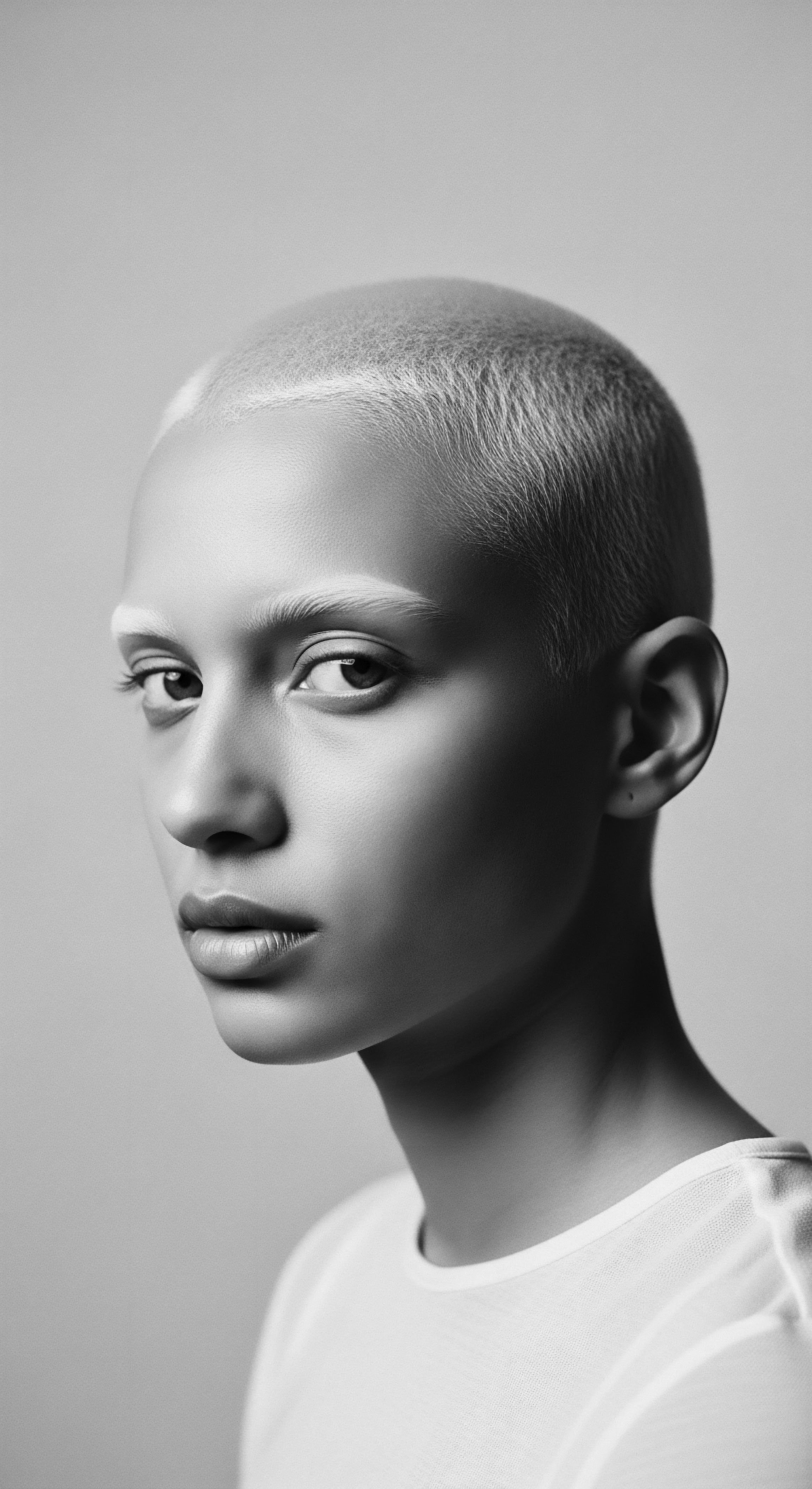
Relay
The echoes of ancestral wisdom reverberate in our modern understanding of textured hair, forming a living bridge between past ingenuity and present discovery. Ancestral practices were not random acts of beauty; they were meticulously refined systems of care, born from a profound connection to nature and an intuitive grasp of hair’s inherent needs. This section seeks to clarify how these historical methods informed holistic well-being and problem-solving, revealing the enduring legacy of heritage in our daily routines.
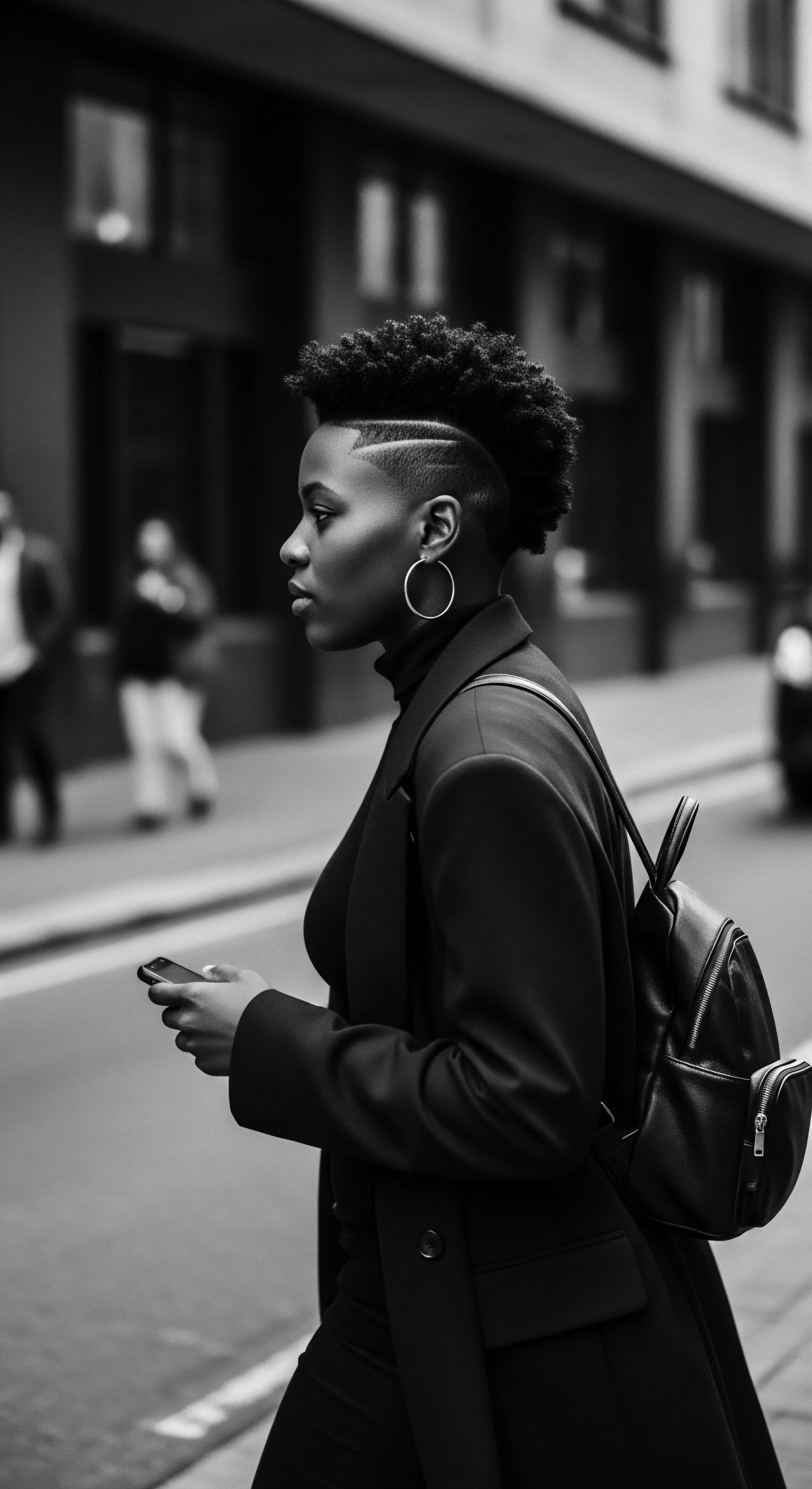
How do Ancestral Regimens Inform Contemporary Care?
Ancestral hair care regimens were, in essence, personalized systems, albeit informally codified through generations of oral tradition and practice. These systems prioritized moisture retention and gentle handling, directly addressing the propensity of textured hair to dry and break. The women of Chad, for instance, have for centuries relied on the Chebe powder ritual , a time-intensive process of applying a paste made from roasted and ground Chebe seeds (Croton gratissimus), cherry seeds, and cloves to their hair. This paste, typically applied to the length of the hair and then braided, is left for extended periods, sometimes days, acting as a fortifying mask that coats the hair shaft, reduces friction, and significantly minimizes breakage, allowing for remarkable length retention (Ache Moussa, personal communication, July 3, 2024).
This historical example powerfully illuminates how a dedicated, consistent ritual, centered on botanical ingredients, directly counteracted the structural vulnerability of textured hair by strengthening the cuticle and providing constant environmental protection. It highlights a core ancestral principle ❉ care was a continuous, patient endeavor, not a quick fix. Modern regimens, seeking to emulate this, prioritize deep conditioning, regular oiling, and low-manipulation styles, all of which mirror these ancient tenets.
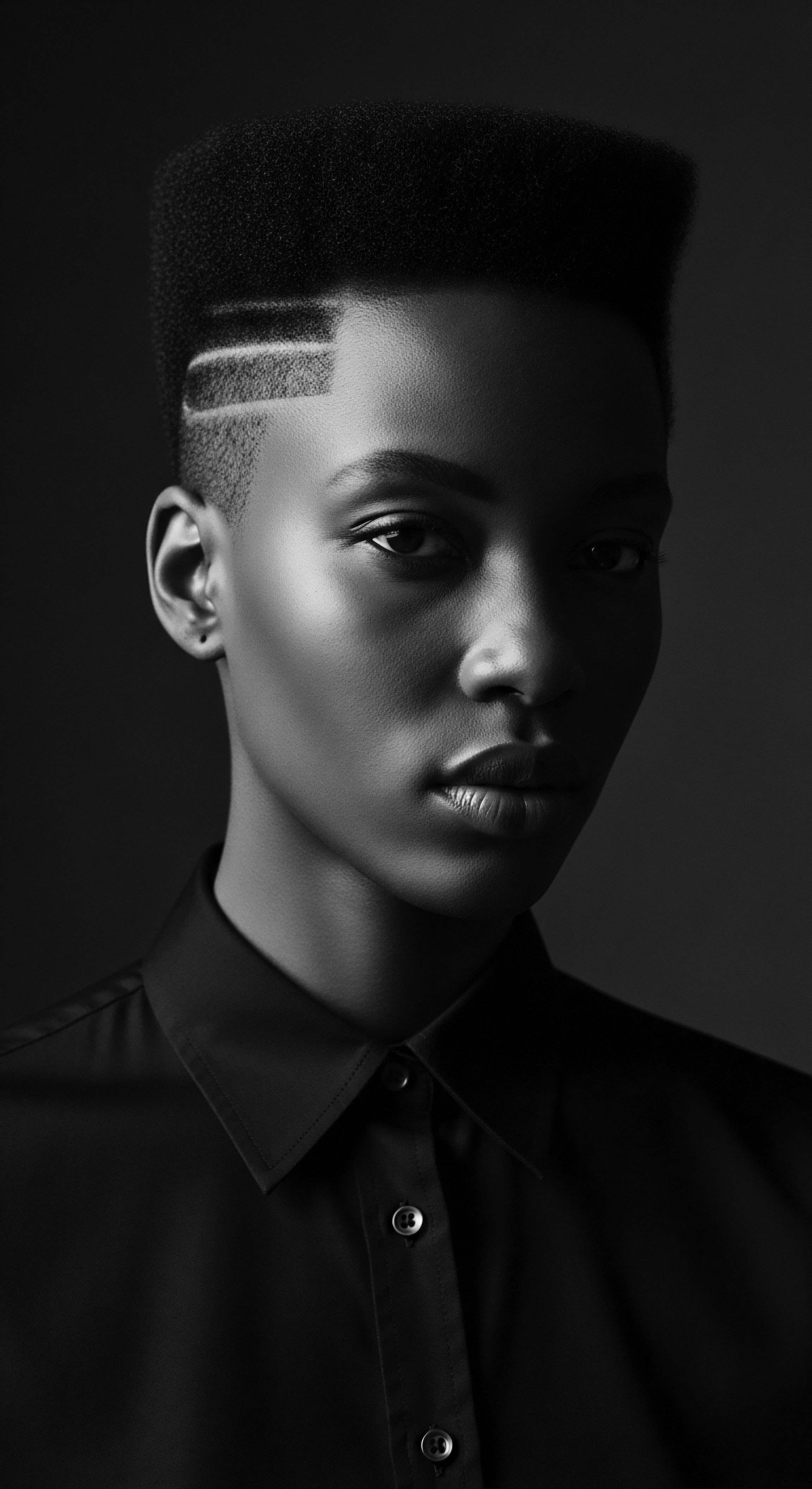
What Nighttime Rituals Preserved Hair Health through History?
The protection of hair during sleep was a common thread across many ancestral cultures, particularly for those with textured hair. Friction from sleeping surfaces could snag and break delicate strands, and the cool night air could sap moisture. Headwraps and scarfs, beyond their ceremonial or aesthetic uses, served a practical purpose in preserving hairstyles and maintaining hair health. These textiles, often of natural fibers, provided a protective cocoon, shielding the hair from physical abrasion and helping to seal in the moisture applied during daytime rituals.
- Fabric Choices ❉ While satin bonnets are a modern innovation, the underlying principle of smooth, non-absorbent fabrics to reduce friction and retain moisture was understood. Ancestors would have selected available natural cloths that offered similar benefits.
- Style Preservation ❉ Wrapping hair helped to keep elaborate styles, such as braids or twists, intact for longer periods, reducing the need for daily restyling and thus minimizing manipulation.
- Moisture Retention ❉ By creating a contained environment, head coverings helped to prevent the evaporation of natural oils and applied emollients, allowing them to deeply condition the hair overnight.
This careful nighttime preservation speaks to a holistic approach to hair care, recognizing that protection was a 24-hour commitment.
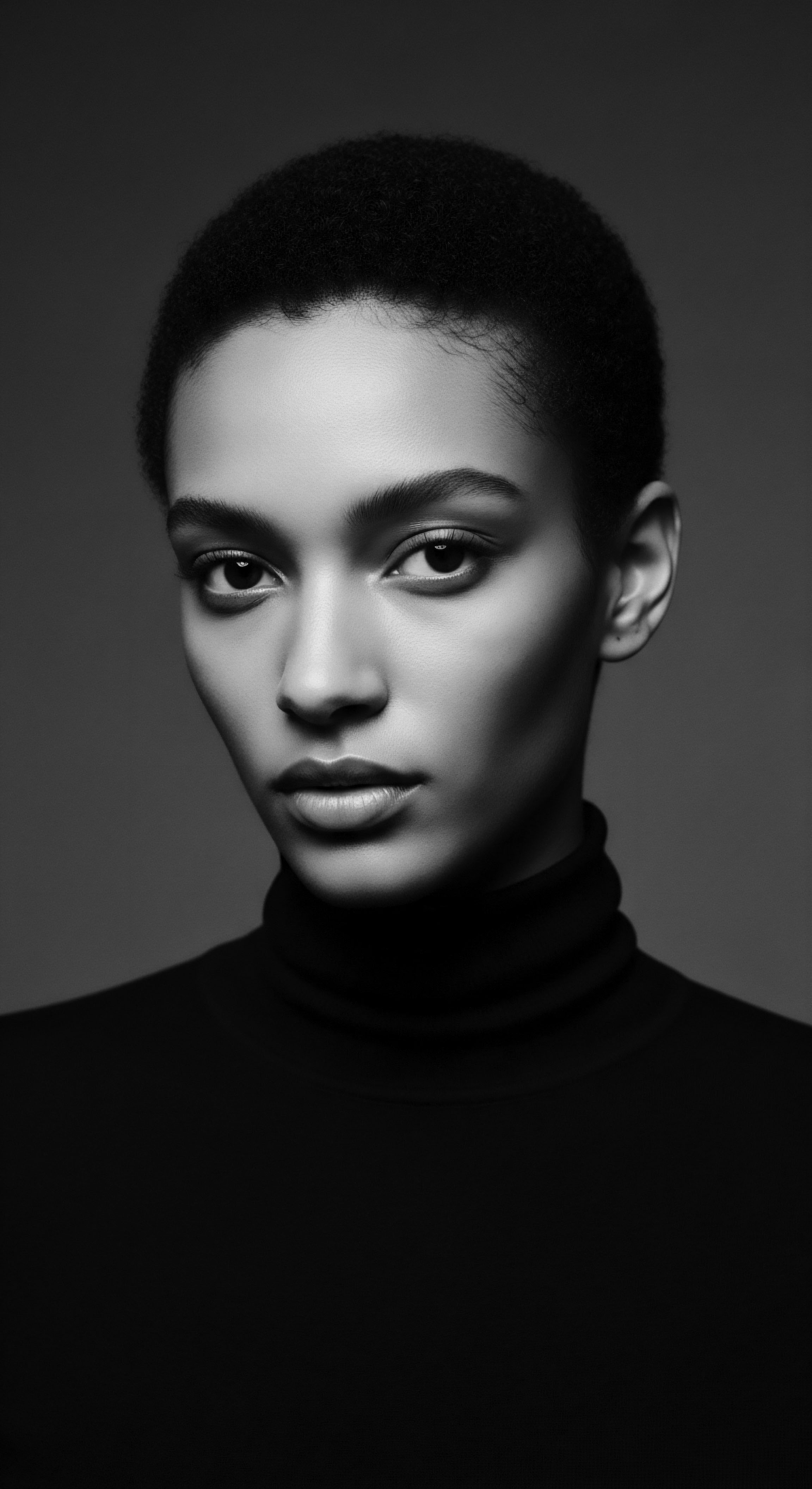
How Did Ancestral Wisdom Solve Common Hair Challenges?
Ancestral communities possessed an intimate knowledge of botanical remedies and natural processes, which they applied to address common hair challenges. Dryness, a prevalent issue for textured hair, was countered with nutrient-rich plant-based emollients. For instance, olive oil in parts of North Africa and the Mediterranean, and coconut oil in other regions, served as potent moisturizers, massaged into the scalp and along the hair shaft to maintain pliability and reduce brittleness.
Scalp health was central to their understanding of hair growth. Herbs like rosemary were valued for stimulating circulation to the scalp and their purported properties in addressing issues like dandruff and hair loss. The concept of strengthening fragile hair was addressed through applications of ingredients like Chebe, as mentioned, or even through the mechanical support offered by precise braiding and threading techniques that distributed tension evenly across the scalp.
Problem-solving was often community-based, with elders or designated hair specialists holding vast repositories of localized botanical knowledge and practical solutions. These solutions, honed over centuries, often preempted modern scientific understanding of ingredients’ properties, demonstrating an empirical wisdom passed down through ancestral lines.
Ancestral wisdom, rooted in botanical knowledge and observational science, provided effective solutions for textured hair’s unique challenges, such as dryness and breakage.
The blending of ingredients was also a sophisticated practice. Many concoctions combined elements for synergy, for example, combining a rich oil with a fragrant herb to simultaneously nourish, protect, and impart a pleasant scent, reflecting a comprehensive understanding of hair health and sensory experience.

Reflection
The echoes of our strands, a symphony of resilience and beauty, reverberate through the chambers of time. Ancestral hair practices are not merely historical footnotes; they are living testaments to an intimate relationship with textured hair, a dialogue between biological blueprint and cultural artistry. From the elliptical curve of the hair follicle to the intricate patterns of cornrows mapping freedom, each aspect reveals a profound intelligence that predates modern laboratories and product aisles.
The ‘Soul of a Strand’ whispers of this enduring heritage ❉ a celebration of ingenuity born from necessity, a deep reverence for natural ingredients, and a communal spirit that transformed care into ritual. Black and mixed-race hair, with its unique structure, served as a canvas for identity, a vessel for spiritual connection, and a silent language of survival. To understand how ancestral practices addressed its singular needs is to understand a narrative of strength, adaptation, and an unwavering commitment to self-definition. This legacy continues to shape our present and inspires future generations to honor the wisdom held within every curl, every coil, a vibrant archive of heritage woven into the living tapestry of hair.
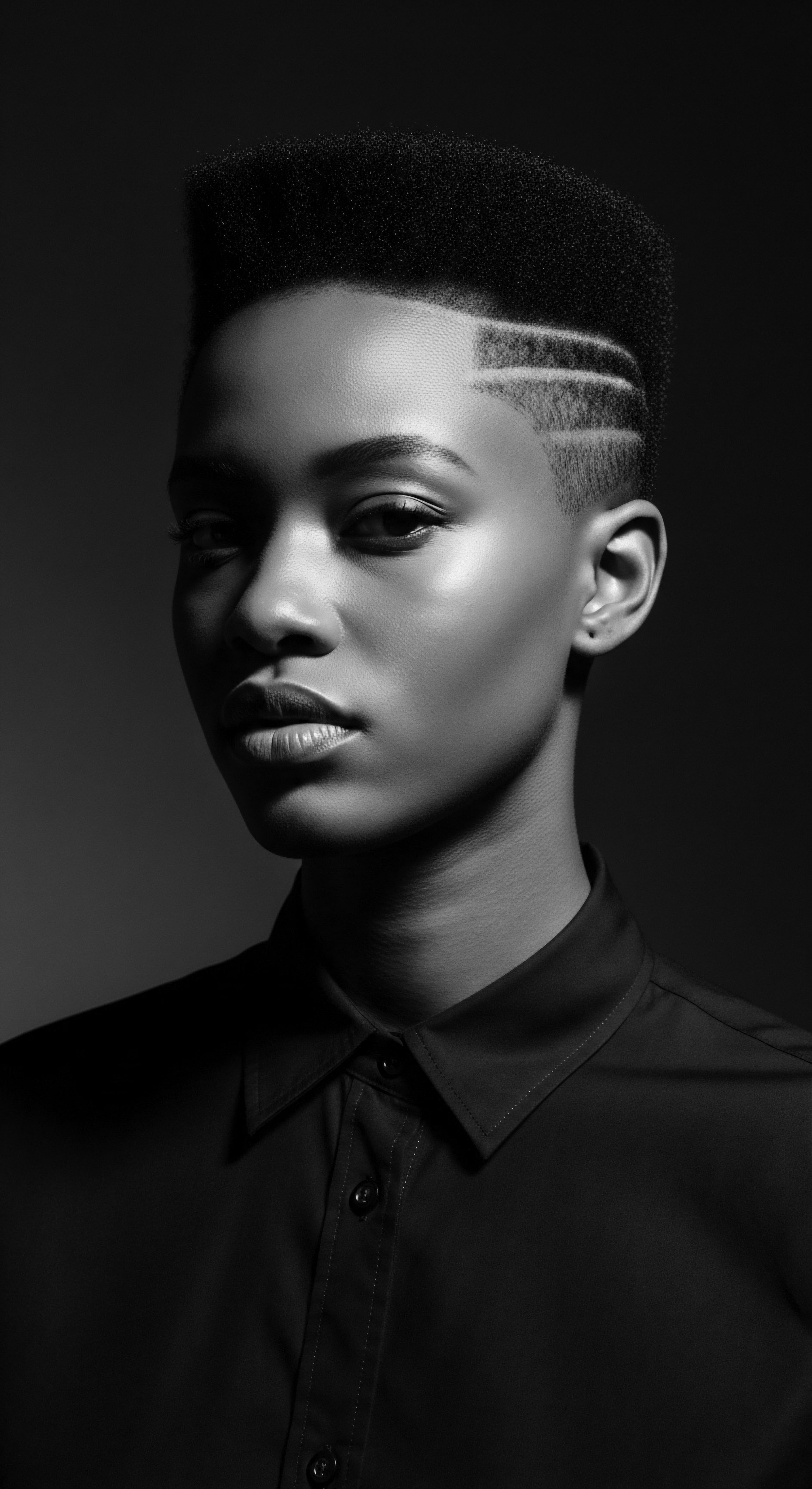
References
- Byrd, Ayana, and Tharps, Lori L. Hair Story ❉ Untangling the Roots of Black Hair in America. St. Martin’s Press, 2001.
- Gale Review. African Hairstyles – The “Dreaded” Colonial Legacy. 2021.
- Afriklens. African Hairstyles ❉ Cultural Significance and Legacy. 2024.
- Premium Beauty News. Ancestral hair-paste ritual gains new life in Chad. 2024.
- Odele Beauty. 6 Things Everyone Should Know About Black Hair History. 2021.
- Odele Beauty. A History Lesson On Hair Braiding. 2024.
- Obscure Histories. Ancient Gems ❉ A Historical Survey of African Beauty Techniques. 2024.
- OkayAfrica. A Regional Walk Through The History of African Hair Braiding. 2018.
- Royaltee Magazine. Braids, Plaits, Locs ❉ The History of Black Protective Hairstyles. 2021.
- Beds SU. Black History Month 2022 ❉ The History Behind Cornrows. 2022.
- BarberSets. Cornrows ❉ History, Culture, and Contemporary Styles. 2023.
- Black owned business directory. The Secret Meaning of the African Cornrows. 2019.
- Kodd Magazine. African hair tells a story and inspires the future. 2022.
- Great Energy Group. The Evolution of Black Hair and Its Significance in Society. 2025.
- Wikipedia. Protective hairstyle. n.d.
